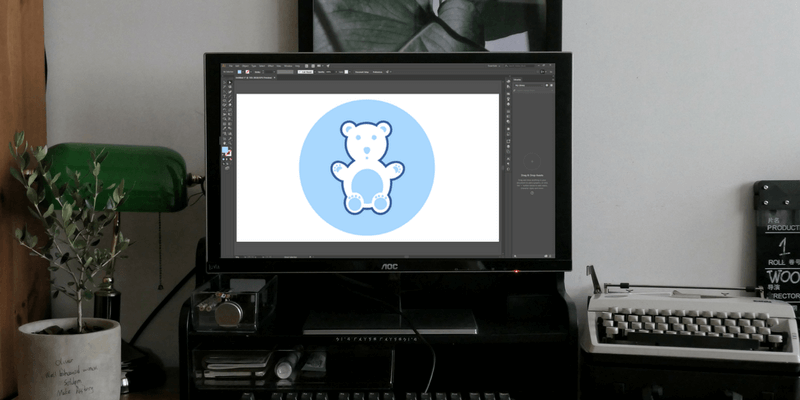
Best Vector Graphics Software: Vector graphics software can be used for almost anything. From designing graphics to laying out pages to drawing freehand, but not all programmes are the same. Whether you’re new to digital arts or just want to get new software. It can be hard to figure out which programmes are worth your time and which aren’t.
If you search Google for “vector graphics software,” you’ll find that there are a lot of new options that call themselves “vector graphics programmes” but are really just clip art creators in a fancier package. They let you put together a project by mixing and matching pre-made parts. But that’s not even a tiny bit of what a real vector graphics programme can do.
1. Serif Affinity Designer
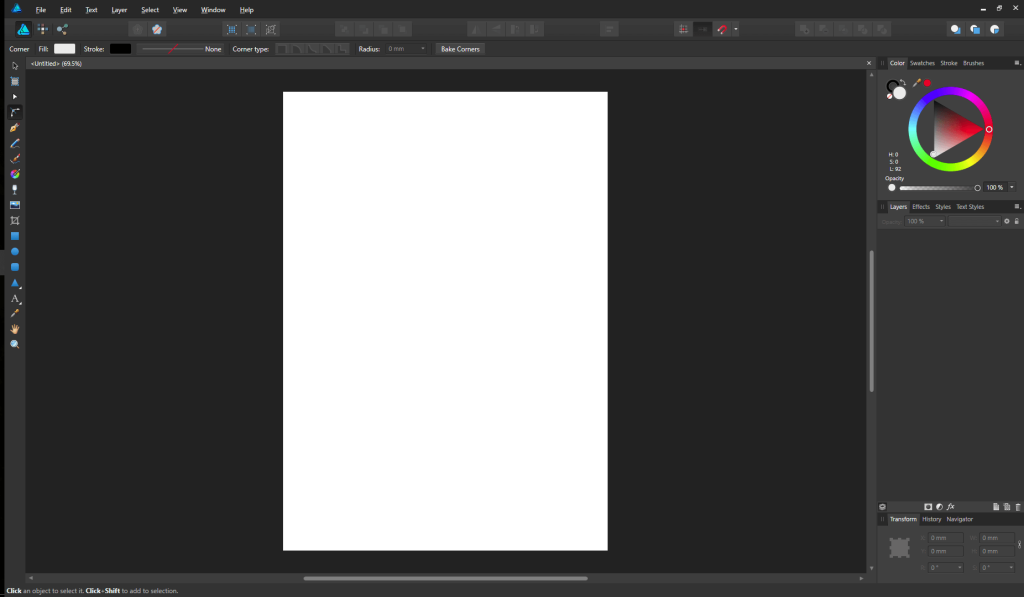
Affinity has been making a name for itself with a set of low-cost programmes that are designed to compete with the best mobile and desktop photo editing and vector graphics programmes on the market. Affinity Designer is the least expensive paid programme I looked at, with a perpetual license costing just $54.99 USD. You can also try it out for free for 10 days.
There are great tools for drawing points, and I find it much easier to use their big. Friendly anchor points than the ones that come with Illustrator. There are also drawing tools that respond to how hard you press on the stylus. But there are no specialized tools like Live Trace or LiveSketch.
All vector programmes let you combine and merge shapes in different ways to make new shapes, but Affinity Designer is one of a kind because it lets you do this without destroying the original shapes. This makes it possible to try out new ways to make prototypes as you work your way through the creative process.
Affinity Designer supports a wide range of file formats, from vector standards like PDF and SVG to formats made by Photoshop and Illustrator. This helps it get into the professional market. Even with these benefits, it’s not quite ready for the Winner’s Circle, but if Serif keeps pushing development hard, it probably won’t be long before Affinity Designer is ready for the spotlight.
Also, Read- Latest Fashion Trends In India 2023: Click to Know
2. Xara Designer Pro X
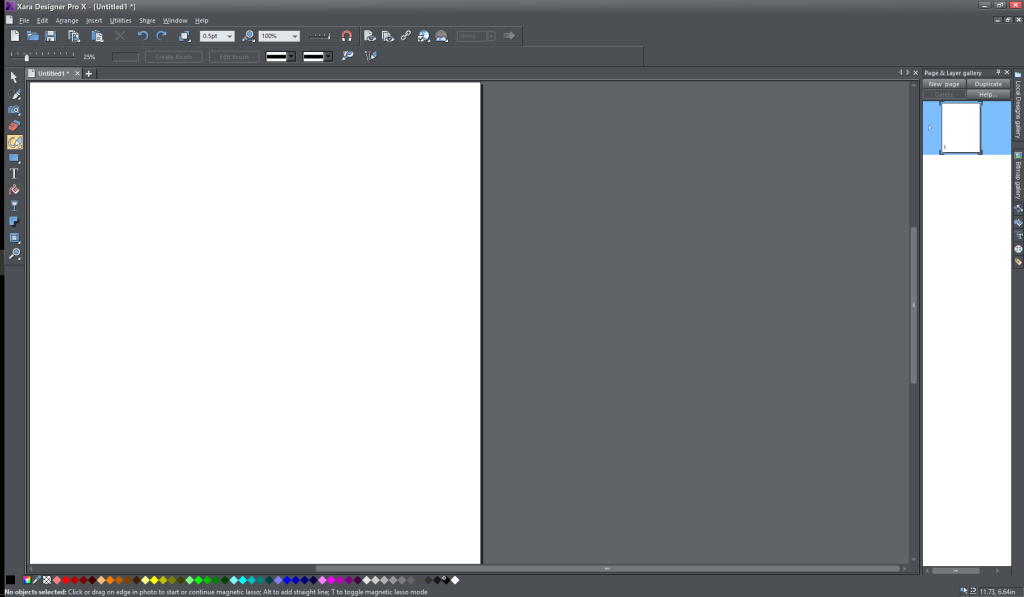
Xara is almost as old as Adobe and Corel, but it hasn’t done as well in the market as Adobe, which has a huge lead. Designer Pro X costs $149, but it has more than just tools for making vector graphics. It also has tools for editing photos, laying out pages, and making websites (with no programming required).
This means that Xara hasn’t put a lot of work into making its vector drawing tools better. They have basic line and shape tools for making and changing vector shapes, but they don’t have any of the extras that would save you time in a more advanced programme. Also, it doesn’t look like drawing tablets have any special features, but you can still use one as a pen-shaped mouse.
Xara does a good job of giving you a lot of features without making the interface too crowded, but the focus on making sure everything is ready to be turned into a website can be a bit limiting. Typographic tools are a good example of how trying to avoid clutter can sometimes make things even more confusing. Even though the basic control options are good, none of the settings are labeled. Instead, pop-up tooltips tell you what each setting does.
Xara has done a good job of making a lot of tutorials for Designer Pro X, which is to their credit, but almost no one else is. If you want a programme that can do a lot of different things, this might be for you, but a serious vector graphics artist will look elsewhere.
3. Inkscape
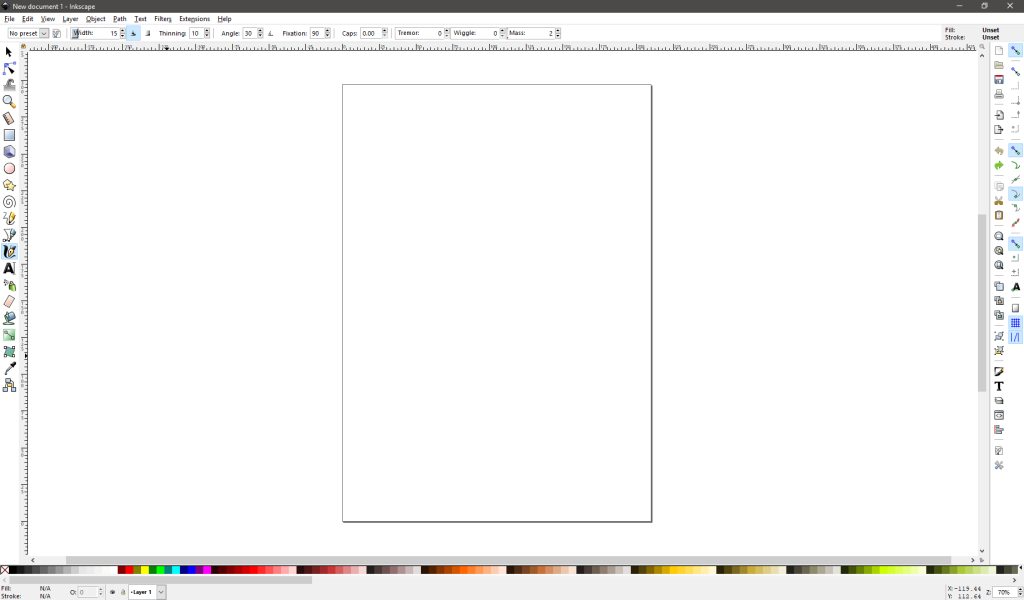
If you can’t afford some of the other programmes because of how much they cost, the open-source software movement may be able to help you with Inkscape. It’s free, which is a very low price, and compared to what you might expect from free software, it has a lot of useful features.
It has all the usual options for drawing with vectors. And it can also respond to pressure from a graphics tablet. It doesn’t have any fancy drawing features like our winners, but it does have a full set of filters that can do some useful things. Also, extensions written in the Python scripting language can be added to the programme. This lets you add features that don’t come with the programme by default.
The layout of the interface is a little different from what you get in other programmes. This is because the open-source community has a bad habit of ignoring user experience. For example, if you want to work with text, you have to look through several tabs to see all the different options, even though there is room to show them all at once.
Inkscape is still in beta, but it has been for 15 years. If it ever gets out of beta, I hope the people who made it will hire a user experience designer to help smooth out some of the interface problems.
4. Gravit Designer
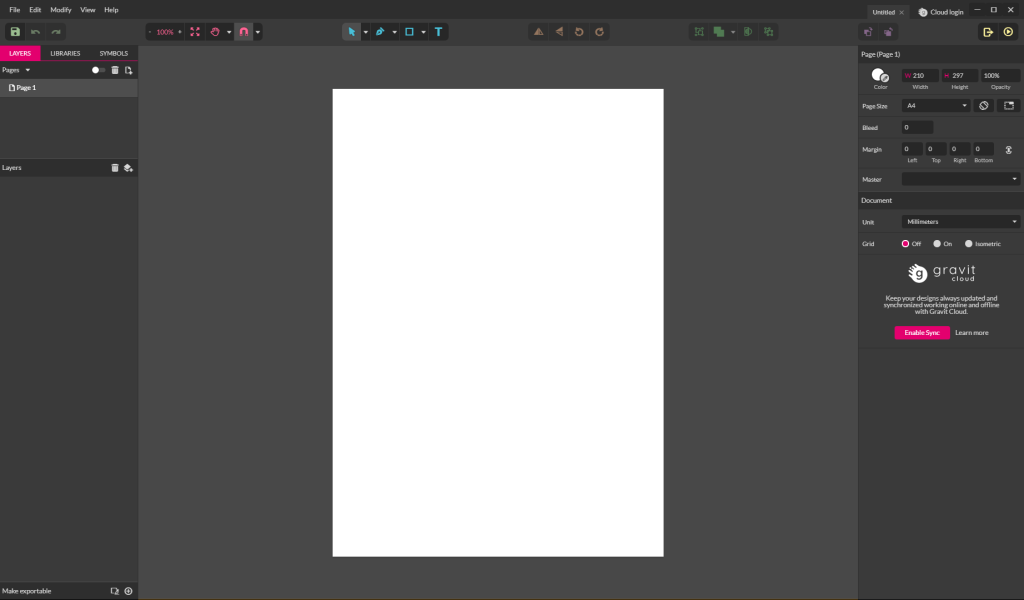
Gravit Designer is another free programme for making vector graphics, but it’s not open-source like Inkscape. Strangely, this doesn’t seem to have given it any of the problems with how it works that plague some free programmes. It is also the only one that can run on most operating systems and even in a web browser, which is a big deal.
When I tried to run Gravit for the first time, I ran into a small problem. Because the Windows version needs to be installed from the Microsoft store, which I never use. It was easy to install, but when I tried to run it. It told me I didn’t have the right permissions. I don’t know if this is because it’s the first Trusted App I’ve downloaded, but your experience may be different.
Even though its vector drawing tools are pretty standard, they give you a lot of control and are very easy to use. The interface is easy to understand and adapts to the tool you are using, which is a nice touch. It doesn’t work with a graphics tablet’s pressure information. And its typography options don’t use standard units, but these are minor problems.
Gravit can open a few standard vector formats like PDF, EPS, and SVG. But it doesn’t support any of the proprietary Adobe formats. Which may be a deal-breaker if you’re trying to work with any of those file types. Even with that problem, I’m still impressed by how well-made the programme is overall, especially since it’s free. Gravit might be a good choice for you if you just want to play around with vector graphics for fun.
Conclusion
As long as you have the right tools, the world of vector graphics can be exciting and full of creative possibilities. In this case, the tools are software programmes (and maybe a good graphics tablet). But just like with art tools in the real world, what works for you depends a lot on what you like.
Adobe Illustrator may be the industry standard, and CorelDRAW may be great for some freehand artists. But that doesn’t mean that they will fit your style. Every artist has a different way of coming up with ideas, so pick one that makes you happy.






